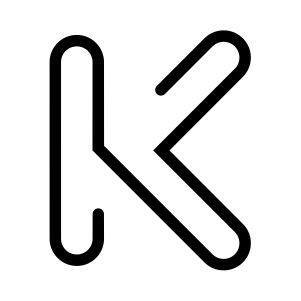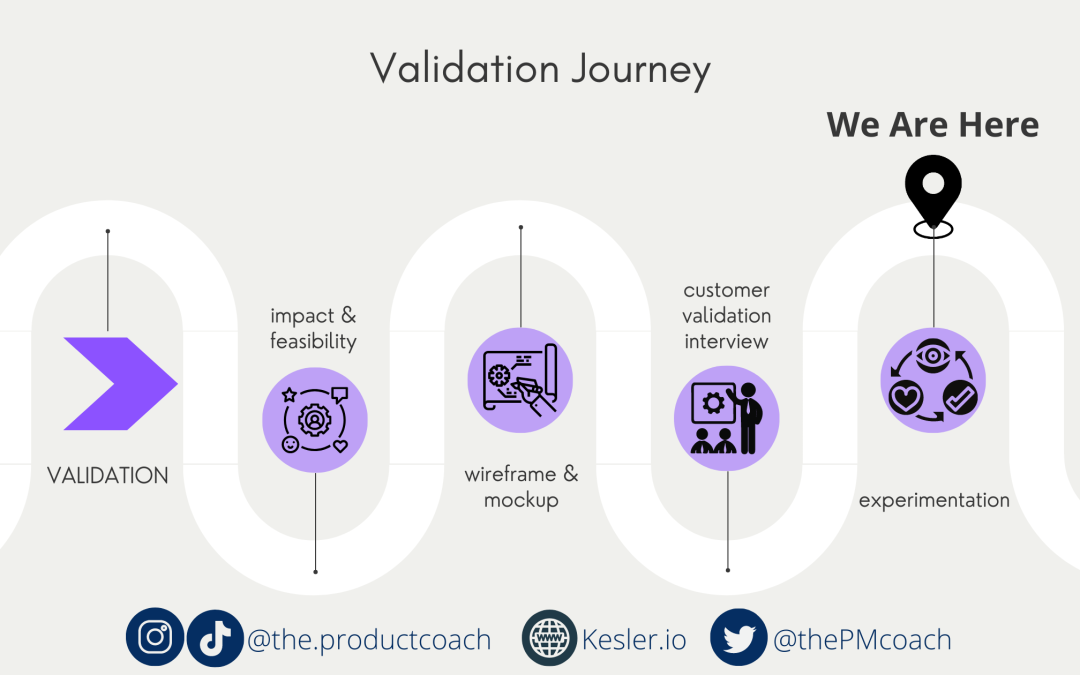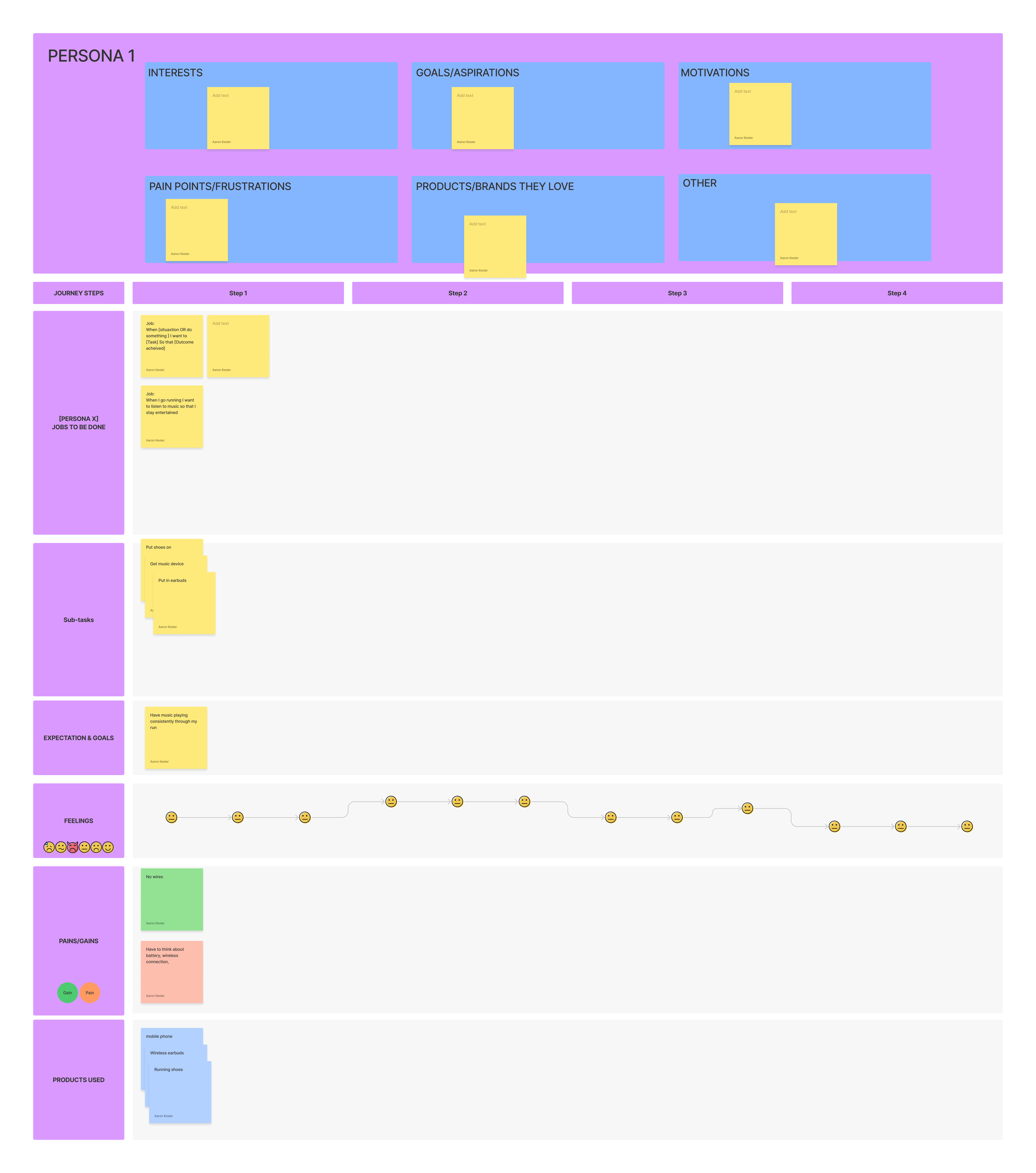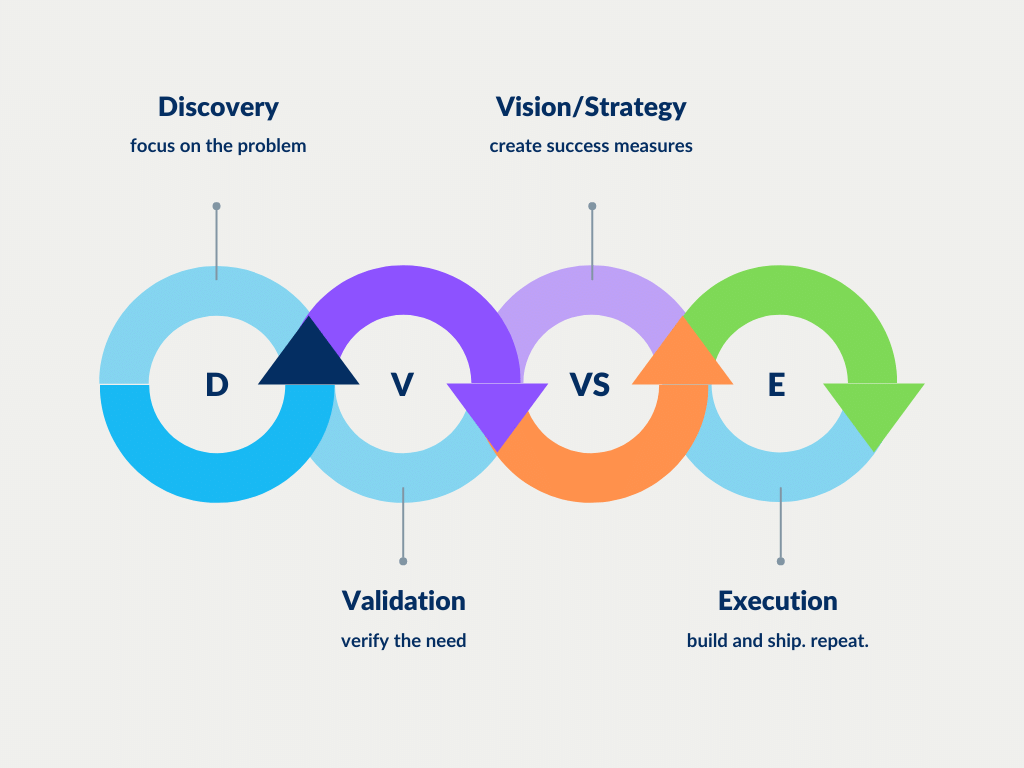As a product manager, running experiments is essential to understanding and improving your product. Experimentation allows you to test hypotheses and make data-driven decisions that can improve your product’s success. In this article, we’ll explore 8 steps to run effective experiments with your product trio and product team.
- Define your goals and Hypotheses
- Identify your variables
- Choose the right experiments
- Design your experiments
- Run your experiments
- Analyze your results
- Iterate and repeat
- Communicate your learnings
Define Your Goals and Hypotheses:
Before you start any experiment, it’s essential to define your goals and hypotheses. Your goals should be specific, measurable, achievable, relevant, and time-bound (SMART). For example, your goal might be to increase user engagement on your product by 10% in the next quarter
Your hypotheses should be based on data and research. See my post Discovery 4: Utilize a hypothesis to effectively interview your customer to build out a succinct and measurable hypothesis. Use the customer and user research, feedback, and analytics you got from the discovery series on this blog to develop hypotheses about what will improve your product. For example, your hypothesis might be that adding a new feature will increase user engagement.
Identify Your Variables:
Once you have defined your goals and hypotheses, you need to identify the variables you will test. Variables are the different elements you will change in your experiment to see what impact they have on your product. For example, you might test different pricing options, user interface designs, marketing strategies, information architectures.
It’s essential to test only one variable at a time to ensure that you can accurately measure the impact of that variable on your product. If you test multiple variables at once, it will be difficult to determine which variable is responsible for any changes in your product and which variable impacted your SMART goal.
Choose Your Experiments:
There are different experimental methods you can use to test your hypotheses. The most common methods are A/B testing, multivariate testing, and split testing.
A/B testing is the most straightforward method and involves testing two versions of your product with one variable changed in each version. For example, you might test two different pricing options to see which one generates more revenue.
Multivariate testing involves testing multiple variables at once. For example, you might test different pricing options and user interface designs at the same time to see which combination performs the best.
Split testing involves testing two or more different versions of your product with different variables changed in each version. For example, you might test different pricing options and different marketing strategies at the same time to see which combination performs the best.
I’ll go into others in other blog articles including one I just found out about called Card Sorting.
Design Your Experiment:
Once you have chosen your experiment, you need to design your experiment. Your experiment should be designed to test your hypothesis while minimizing the impact on your product and your users.
It’s essential to have a control group that does not receive any changes in your experiment. The control group provides a baseline for comparison and helps you measure the impact of your variable on your product.
Your experiment should also be designed to ensure statistical significance. In other words, you’ve designed your experiments in such a way to eliminate risk that the results of your experiment could be due to chance. Use tools like Google Optimize or Optimizely to help you design your experiment and ensure statistical significance.
Run Your Experiment:
Once you have designed your experiment, it’s time to run it. Make sure to document your experiment, including your goals, hypotheses, variables, and experimental method.
It’s essential to monitor your experiment carefully to ensure that it is running correctly and that there are no unexpected results. Use analytics tools like Heap, Pendo, Google Analytics or Mixpanel to track user behavior and engagement during your experiment.
Disclaimer: I’m not affiliated with any of these tools. I use Heap currently for my full time job and I love it their ability to track sessions and give full session replays is invaluable. I use Google Analytics currently as well and have used Pendo in the past. They are all wonderful tools for collecting user behavior data and a lot of them pair well together. It’s not uncommon to have both Google Analytics and Heap or Pendo for example.
Analyze Your Results:
After your experiment is complete, it’s time to analyze your results. Use statistical analysis to determine whether your variable had a significant impact on your product. If your experiment was designed correctly, you should be able to determine whether the results are statistically significant.
If your variable had a significant impact on your product, you can use the results to make data-driven decisions about your product. For example, if your experiment showed that a particular pricing option generated more revenue, you might implement that pricing option on your product.
Iterate and Repeat:
Experimentation is an iterative process, and it’s important to continue testing and iterating to ensure your product is meeting the needs of your users and the market. Once you have analyzed your results, use the insights gained from your experiment to iterate and improve your product.
Based on the results of your experiment, you might choose to implement changes to your product or run additional experiments to test new hypotheses. It’s important to document your learnings and update your hypotheses as you iterate and improve your product.
Repeat the experimentation process regularly to ensure your product is continuously improving. Use the feedback from your users and the market to develop new hypotheses and test them through experimentation.
Communicate Results and Learnings:
Communication is a critical aspect of running experiments in product management. It’s important to communicate the results of your experiments with your team and stakeholders to ensure everyone understands the impact of your experimentation efforts. This also helps to drive consensus on what we should or should not prioritize.
Communicate your learnings and insights gained from experimentation to help your team make data-driven decisions about your product. Use your learnings to inform your product roadmap and strategy.
Conclusion:
Running experiments is essential to successful product management. By defining your goals and hypotheses, identifying your variables, choosing your experimental method, designing your experiment, running your experiment, analyzing your results, iterating and repeating, and communicating your results and learnings, you can make data-driven decisions that improve your product’s success.
Always remember to test one variable at a time, ensure statistical significance, and monitor your experiment carefully to ensure it’s running correctly. Iterate and repeat regularly to ensure your product is continuously improving and meeting the needs of your users and the market.
In my next post we’ll continue talking about experimentation. Specifically the topic of Card Sorting experiments!





Recent Comments